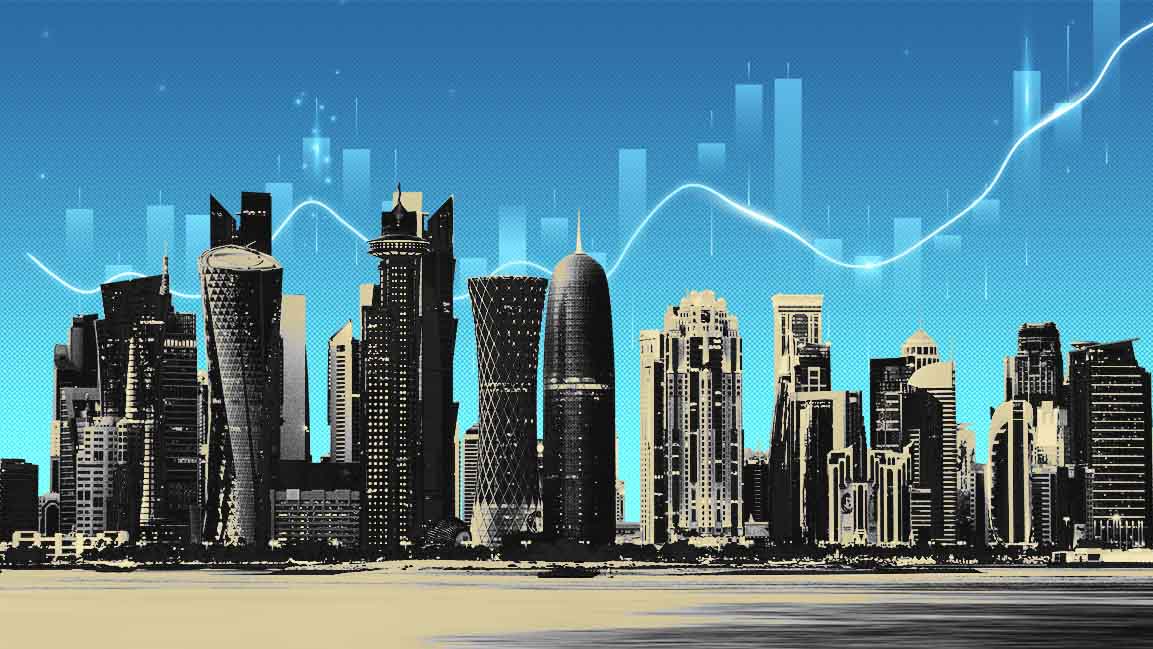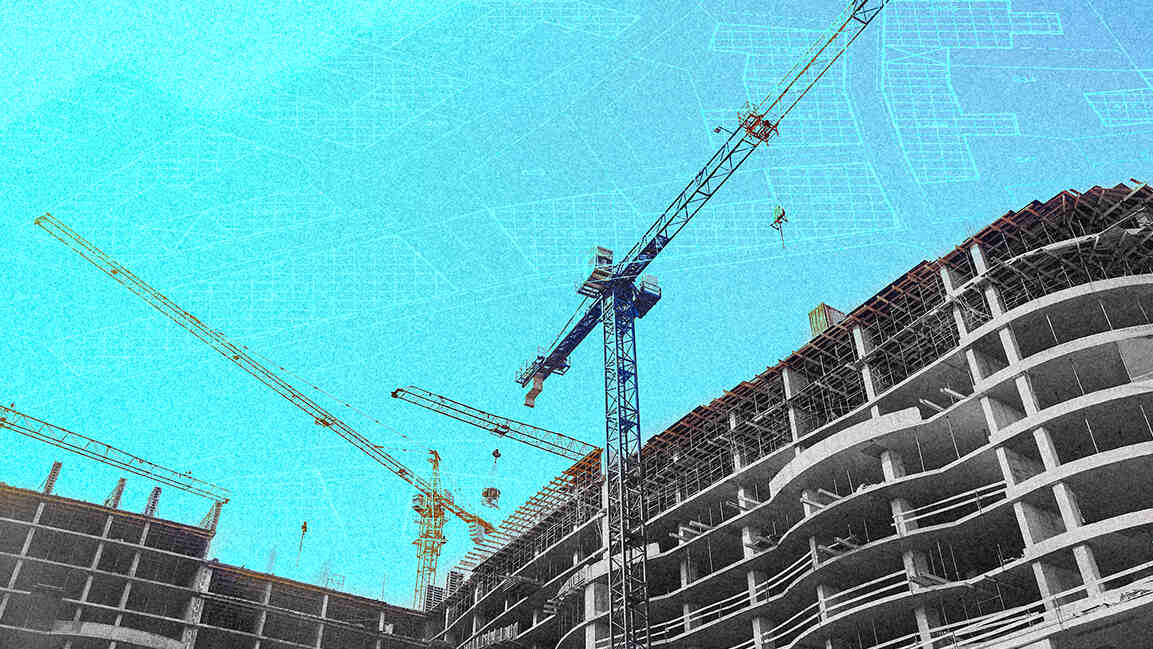- | 1:00 pm
Qatar’s GDP grows 1.2% in Q3 2023, driven by hydrocarbons sector expansion
Adjusted for inflation, the country's estimated quarterly GDP at constant prices was $48.7 billion during Q3.

Qatar’s gross domestic product (GDP) experienced a year-on-year (YoY) growth of 1.2% in the third quarter of 2023, primarily driven by accelerated expansion in the hydrocarbons sector. The Planning and Statistics Authority highlighted that GDP increased by 4 percent compared to the previous year’s second quarter.
The mining and quarrying sector, which includes hydrocarbons, is estimated to have grown by 2.3% year-on-year (YoY), while the non-mining and quarrying sector saw an increase of 0.6%. When combined and adjusted for inflation, the estimated quarterly GDP at constant prices amounted to 48.7 billion during Q3 2023.
On a nominal basis, at current prices, the Gulf state’s GDP declined by nearly 25.7% on an annualized basis. However, on a quarter-on-quarter basis, its GDP rose by 6.2% towards the end of Q3 2023.
Among the world’s top exporters of liquefied natural gas (LNG), Qatar demonstrated a budget surplus of $384.5 million in Q4 2023. This surplus was utilized to reduce public debt.
Like its GCC counterparts, the country heavily relies on oil and gas revenue for government income. However, diversification plans are underway to steer the economy away from oil and invest in other industries.
The GCC’s outlook for growth averages 2.4% in 2024, as noted by the International Monetary Fund.
“Among GCC countries, non-hydrocarbon activity is projected to remain the main contributor to growth in the years ahead. The voluntary oil production cuts—most notably by Saudi Arabia—are expected to continue to put a temporary damper on growth this year,” states the IMF report.
“Hence, growth for GCC members has been revised down by 1.3% since October and is now projected to rise to a moderate 2.4% in 2024. That said, ambitious plans to diversify economies are expected to reduce dependence on relatively volatile hydrocarbon production and bolster stability, rendering non-hydrocarbon activity the main driver of growth going forward. In turn, growth in the GCC is projected to rise to 4.9% in 2025 (amid the pickup in hydrocarbon production) before settling at about 3.5% over the medium term,” it added.































